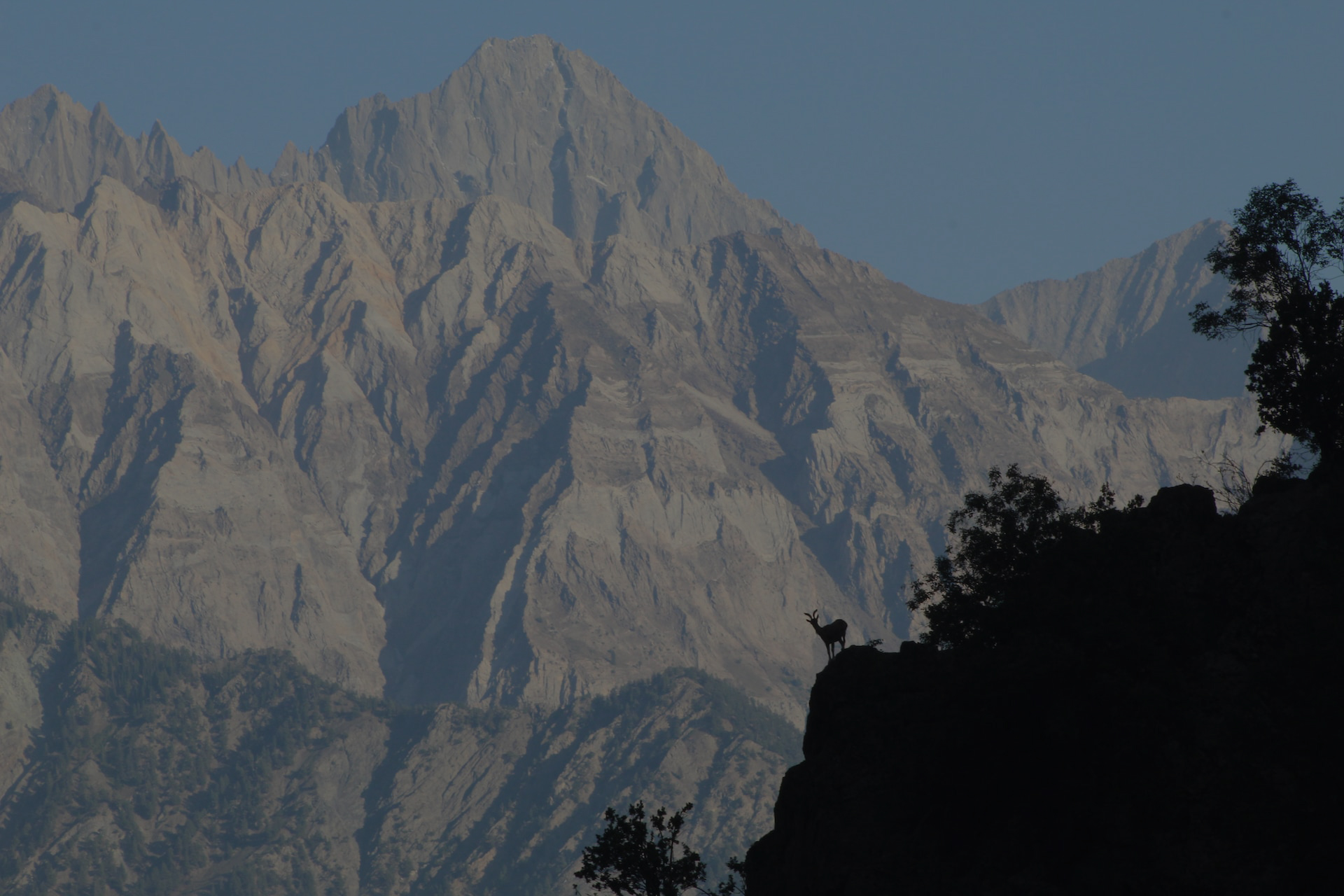

Chitral Gol National Park is one of the National Parks of Pakistan. It is located in Chitral District in Khyber-Pakhtunkhwa province of Pakistan beside the Chitral River, at a distance of two hours drive from Chitral town. The park is also known as Chitral National Park.
The Birmoghlasht part of the park is where the former Mehtar’s Summer Fort is located. At the time of existence of the Chitral State, the Mehtar and his family use to move here in the summer and hold court. The fort was constructed in such a way that it overlooked the entire city. It stands at an elevation of over 2800 meters above sea level. It is a 40-minute drive from the main Chitral city. The best season to visit Birmoghlasht is the month of May and June. Spring season arises here in these months and there will be a lot of greenery and flowers in these two months
This park includes three valleys. Several glaciers also lie in the park through which several springs make their way and ultimately form a stream which runs 18 kilometres. The cold water of this stream flows towards the east, into the River Chitral. The park is rich in trees particularly cedar trees. The park also serves to provide shelter to a vast bio-diversity, especially markhor, an endangered wild goat species. Some of the larger mammals found in the park include:
Indian foxes, jungle cats and jackals are still common. Substantial populations of urials (a type of wild sheep), Sindh ibex (also known as Turkman wild goats) and chinkara gazelles live in the park. Indian grey mongooses, hedgehogs and porcupine are among the other larger species.
In 1984, a captive breeding programme for blackbuck was initiated, with the intent to reintroduce them into the wild. Fifteen of these antelopes were brought to one of the visitors' centres from the United States for this purpose.

The snow leopard, also known as the ounce, is a felid in the genus Panthera native to the mountain ranges of Central and South Asia. It is listed as Vulnerable on the IUCN Red List because the global population is estimated to number fewer than 10,000 mature individuals and is expected to decline about 10% by 2040
Read More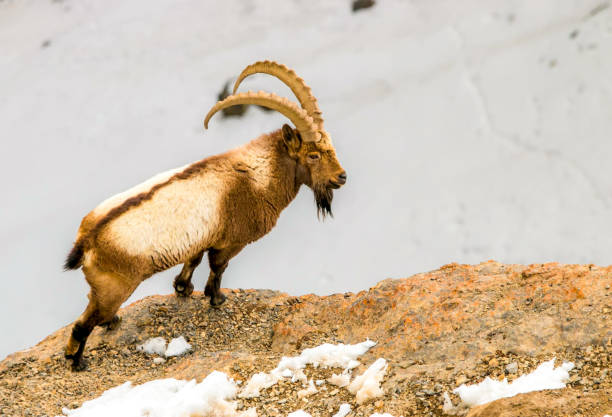
The coat coloration varies widely across the Ibex’s range. The general color of the pelage is a light tan, with the undersides lighter. In winter, mature males become much darker, with varying patches of white on the neck and back. Males have beards. Both sexes have horns. Female show slender, shorter, backward curving horns, while males have massive horns,
Read More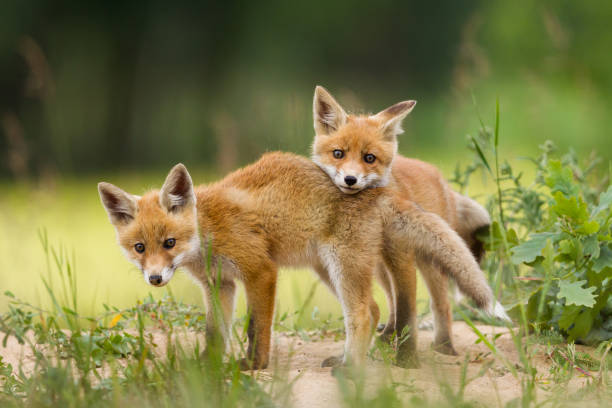
Red Fox is also called Common Fox. It is the largest and well-known species of Fox. The Red Fox has a coat of long guard hairs and soft, fine underfur that is typically a rich reddish brown. Its tail is often white-tipped, and it has pointed black ears and short legs. During the autumn and winter, the Red Fox will grow more fur. This so called ‘winter fur’ keeps the animal warm in colder environments.
Read More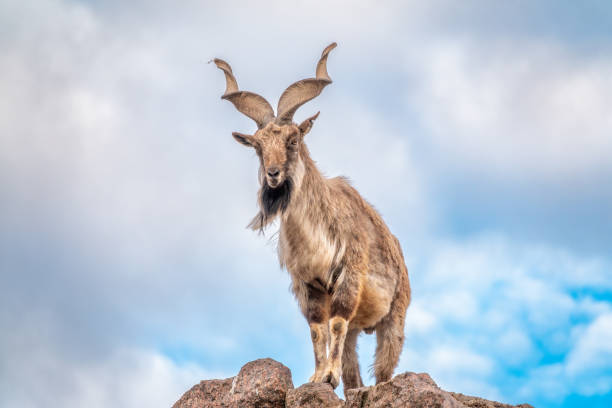
The Kashmir markhor, Pir Panjal markhor, or flare-horned markhor is a possible subspecies of Capra falconeri endemic to the Western Himalayas of India and Pakistan.
Read More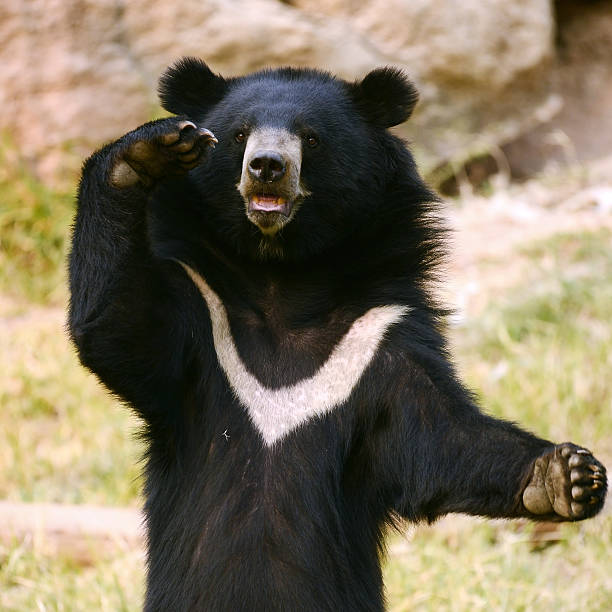
The Himalayan black bear is a subspecies of the Asian black bear found in the Himalayas of India, Bhutan, Nepal, China, and Pakistan. thicker fur and smaller, whiter chest mark.[4] During the summer, black bears can be found in warmer areas in Nepal, China, Bhutan
Read More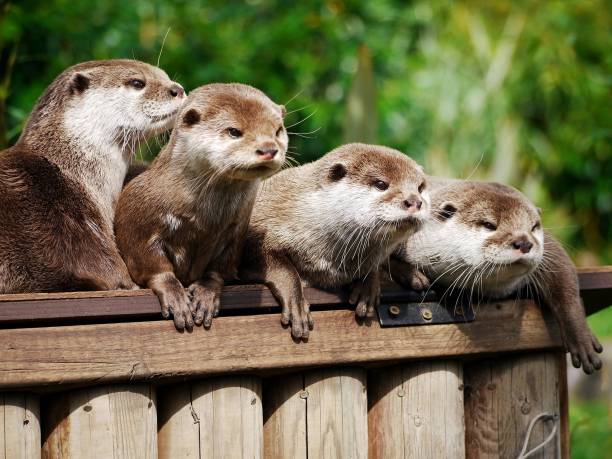
The Eurasian otter, also known as the European otter, Eurasian river otter, common otter, and Old World otter, is a semiaquatic mammal native to Eurasia.
Read More